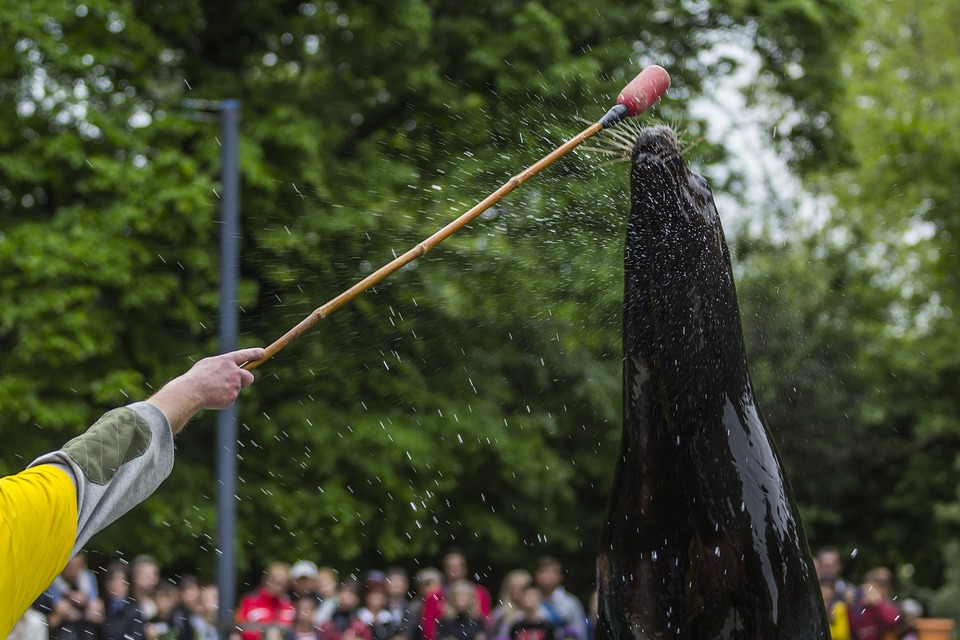Fish Care: Promoting Fish Tank Longevity through Regular Maintenance
As an avid fish enthusiast, you understand the importance of maintaining a healthy and thriving environment for your aquatic pets. Regular maintenance not only ensures the well-being of your fish but also contributes to the longevity of your fish tank. In this article, we will guide you through essential maintenance practices that will help you keep your fish tank in optimal condition.
Why is regular maintenance crucial for fish tank longevity?
A well-maintained fish tank provides a stable and conducive environment for fish to flourish. Regular maintenance plays a vital role in promoting fish tank longevity by:
1. Maintaining water quality: Regularly checking and maintaining water parameters such as pH levels, ammonia, nitrate, and nitrite levels are paramount to fish health. Proper water quality prevents stress, diseases, and even death among your aquatic companions.
2. Preventing algae growth: Algae can quickly overtake your fish tank, causing aesthetic issues and potentially affecting the health of your fish. Regular cleaning and maintenance help control algae growth and keep your tank looking pristine.
3. Ensuring proper filtration: A well-functioning filtration system is essential for removing harmful substances and maintaining water clarity. Regular maintenance of your filter, such as cleaning or replacing filter media, ensures optimal performance.
4. Preventing equipment malfunction: Regular inspection and maintenance of equipment, including heaters, air pumps, and lights, prevent malfunctions that could harm your fish. Avoiding equipment failures is crucial for maintaining a stable and healthy environment.
Essential fish tank maintenance practices
Now that we understand the importance of regular maintenance let’s delve into the key practices that will promote fish tank longevity:
1. Water testing and quality control
Regularly testing your water parameters and ensuring optimal water quality is vital for the well-being of your fish. Perform the following tests at least once a week:
– pH levels: Maintain a stable pH level suitable for your specific fish species.
– Ammonia, nitrate, and nitrite levels: Keep these levels within the accepted range to prevent toxicity.
If any parameter is off balance, take necessary measures to correct it by performing water changes, adding appropriate chemicals, or adjusting the filtration system.
2. Cleaning the tank and gravel
Regular cleaning of the tank and gravel helps remove debris, uneaten food, and waste, maintaining water clarity and preventing harmful substances from accumulating. Follow these steps:
– Use an aquarium-safe algae scraper to clean the interior glass surfaces.
– Gently vacuum the gravel to remove debris and waste. Avoid cleaning too deeply to prevent disturbance of beneficial bacteria.
– Use a sponge or soft brush to clean decorations, rocks, and plants.
Perform a partial water change (around 25%) after cleaning to further refresh the tank.
3. Filter maintenance
A properly functioning filter is crucial for maintaining water quality. Follow these maintenance practices:
– Regularly clean or replace filter media according to the manufacturer’s instructions.
– Rinse the filter parts in aquarium water to preserve beneficial bacteria.
– Check the impeller for debris and ensure it rotates freely.
4. Equipment inspection and maintenance
Inspecting and maintaining your aquarium equipment prevents unexpected malfunctions. Take the following steps:
– Check the heater’s temperature settings and ensure it’s working correctly.
– Clean air pumps and check for proper airflow.
– Inspect lights for any signs of damage or flickering.
FAQs about fish tank maintenance
1. How often should I perform water changes?
– For most tanks, a 25% water change every two weeks is recommended. Adjust the frequency based on your specific tank size, fish species, and water parameters.
2. Can I use tap water for my fish tank?
– Tap water can be used after treating it with a water conditioner to remove harmful substances like chlorine or chloramine.
3. Do I need to remove my fish during tank cleaning?
– It’s generally advisable to remove your fish during cleaning to prevent stress or injury. Place them in a separate container with some tank water.
4. How often should I replace filter media?
– Filter media should typically be replaced every 4-6 weeks, but it depends on the specific type of media and the manufacturer’s instructions.
5. Can I clean the aquarium glass with household cleaners?
– No, household cleaners contain chemicals that can harm fish. Use an aquarium-safe algae scraper or vinegar-water solution to clean the glass.
By following these maintenance practices and addressing common concerns, you’ll be well-equipped to promote the longevity of your fish tank and provide a healthy habitat for your aquatic friends. Happy fishkeeping!









